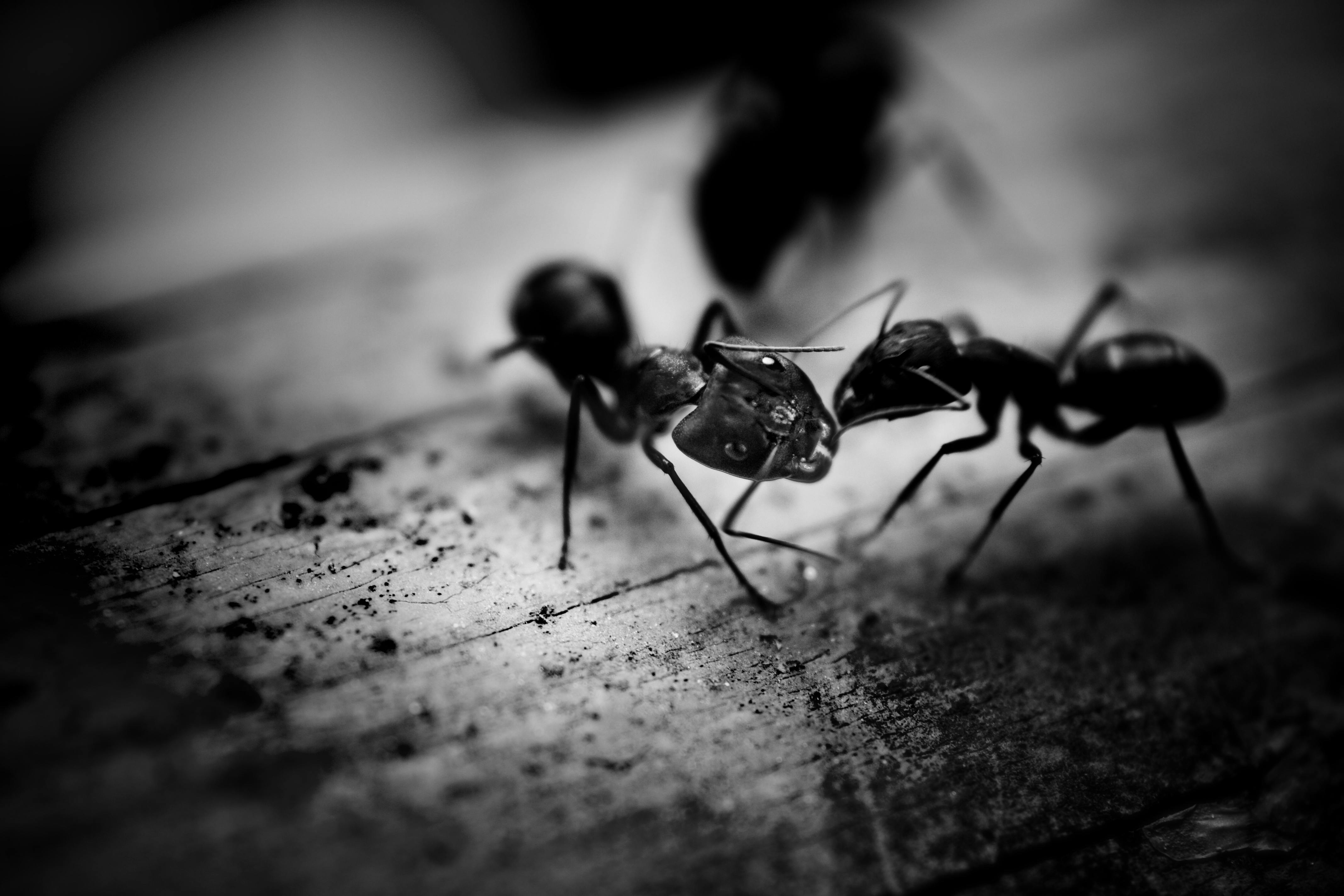The Intriguing World of Leafcutter Ants: A Fascinating Insight
The leafcutter ant, a marvel of the insect world, is a tiny creature that has intrigued scientists for centuries with its complex social structure and unique behaviors. This article explores the captivating world of these industrious insects, shedding light on their history, latest research findings, and their ecological role.

The Historical Perspective of Leafcutter Ants
Leafcutter ants, belonging to the genus Atta, are indigenous to the tropical rainforests of South and Central America. First described by Swedish naturalist Carl Linnaeus in the 18th century, these ants have been a topic of fascination due to their unique behavior and social structure. Their name, ‘leafcutter,’ originates from their distinctive habit of cutting leaves to cultivate fungus, which serves as their primary food source.
The Unique Lifestyle of Leafcutter Ants
Each leafcutter ant colony is a well-oiled machine, with millions of ants working in perfect harmony. They possess a caste system, with each member having a defined role. The largest ants, or the soldiers, protect the colony, the medium-sized workers cut leaves, and the smallest ones tend to the fungus gardens. Their colonies are architectural marvels, often spanning several meters and consisting of extensive networks of subterranean chambers.
Current Research and Developments
Current research on leafcutter ants is focusing on their advanced farming techniques. Scientists have discovered that these ants have been practicing sustainable agriculture for millions of years, long before humans started farming. They not only farm fungus but also use antibiotic-producing bacteria to control harmful fungal parasites, offering valuable insights into natural ways of controlling pests and diseases.
The Ecological Impact of Leafcutter Ants
Leafcutter ants play a significant role in their ecosystems. By cutting leaves, they stimulate new plant growth, and their underground tunnels improve soil aeration, promoting nutrient cycling. However, they can also be destructive pests, causing substantial damage to crops and vegetation in regions where they are abundant.
Leafcutter Ants and the Pet Trade
In recent years, leafcutter ants have found a place in the exotic pet trade. Their colonies are sold as ‘ant farms,’ providing an exciting and educational experience for enthusiasts. These ant farms, ranging from $100 to $200, are equipped with transparent panels, allowing owners to observe the ants’ fascinating behaviors. However, their upkeep requires specific conditions, making them suitable for advanced hobbyists.
The leafcutter ants, despite their minute size, showcase nature’s astounding complexity and the potential lessons it holds for human society. From their sophisticated social organization to their sustainable farming practices, these insects are a testament to the power of cooperation and the delicate balance of ecosystems.




